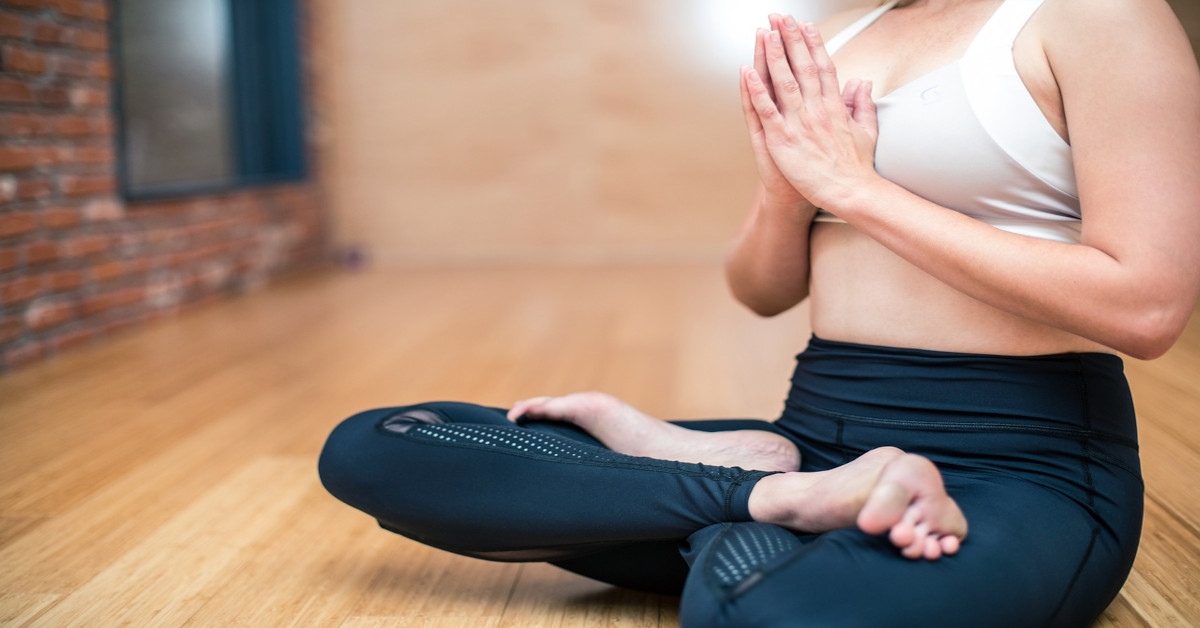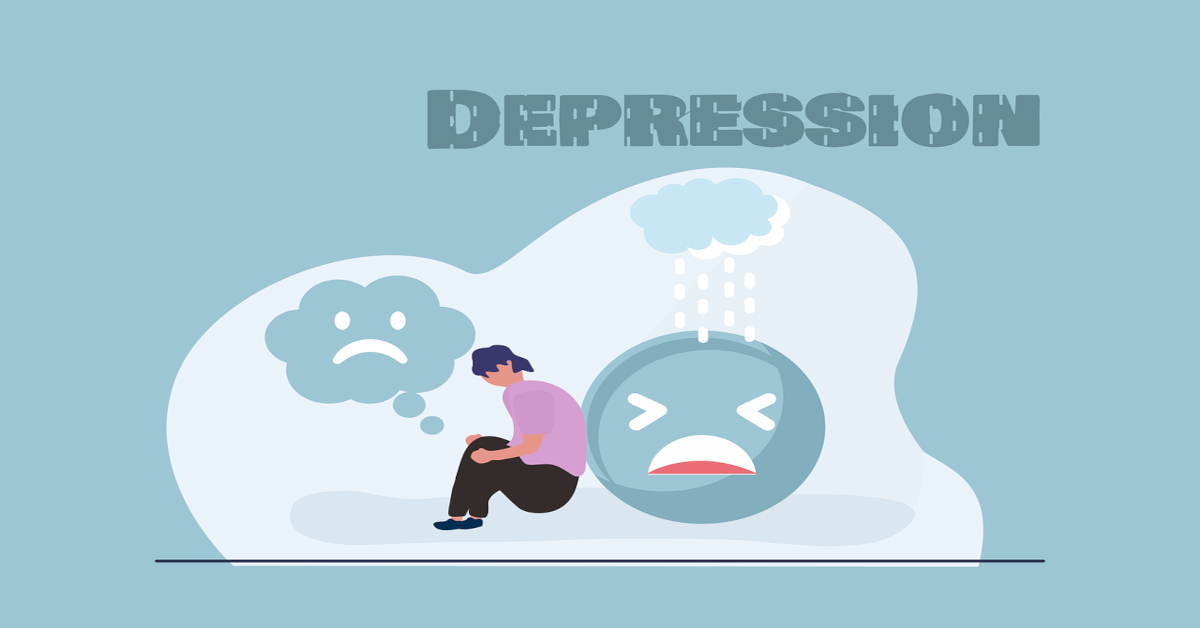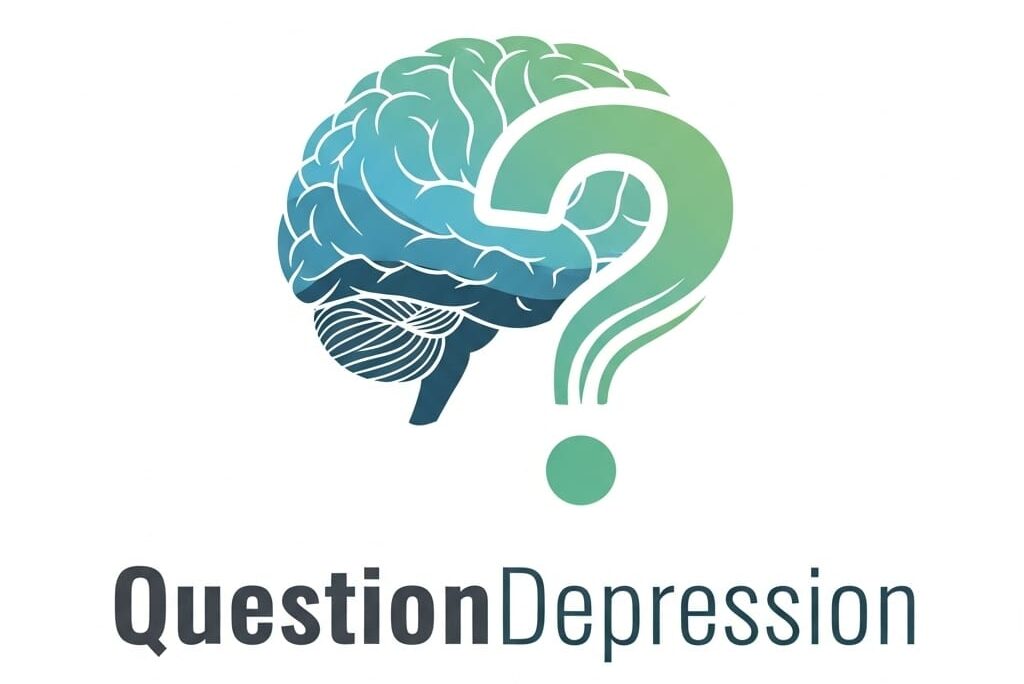These exercises are aimed at breaking negative thought cycles, building awareness, and regulating mood.
The full MBCT guide can be found here.
- Body scan meditation

-
- Purpose
Helps reconnect with the body, anchor in the present, and break out of ruminative thinking.
-
- What to do
Slowly move attention through different parts of the body (feet, legs, abdomen, chest, arms, head), noticing sensations without judgment.
-
- Helpful for depression
Trains the mind to notice discomfort without reacting, teaches patience and self-kindness.
- Three-minute breathing space (“3MBS”)
-
- Purpose
A quick, structured mindfulness break to step out of negative spirals.
-
- What to do
-
-
- Awareness (Notice what’s happening: thoughts, feelings, body sensations.)
-
-
-
- Breathing (Focus fully on the breath.)
-
-
-
- Expanding (Expand awareness back to the whole body.)
-
-
- Helpful for depression
Builds the habit of catching early signs of low mood or rumination.
- Thought and feeling awareness exercise

-
- Purpose
Teaches how to observe negative thoughts instead of getting sucked into them.
-
- What to do
During meditation, notice when a thought arises, mentally label it (“thinking,” “worrying,” “judging”), then gently return to the breath.
-
- Helpful for depression
Weakens the automatic connection between thought and emotional reaction.
- Pleasant activities diary
-
- Purpose
Helps rebuild connection to positive experiences (which depression often numbs).
-
- What to do
Each day, intentionally notice and record one small, pleasant event, however tiny (a cup of coffee, sunlight on your skin, a kind word).
-
- Helpful for depression
Trains the brain to spot positives, which is essential in countering depressive biases.
- Unhelpful thinking patterns (cognitive distortions) worksheet

-
- Purpose
Brings automatic depressive thinking into conscious awareness.
-
- What to do
During mindfulness practice or afterward, isolate cognitive distortions like “all-or-nothing thinking,” “catastrophizing,” and “personalization.”
-
- Helpful for depression
Shines a light on self-critical or hopeless thought loops.
-
- Worksheet
Thought distortion checker:
-
-
- What was the situation?
-
-
-
- What thought came up?
-
-
-
- Which distortion was it?
-
-
-
- A more balanced thought I could have?
-
- “Seeing depression as a passing weather pattern” visualization

-
- Purpose
Helps alter from “I am depressed” to “I am experiencing depression.”
-
- What to do
Visualize depressive moods like weather: clouds, rain, and storms. They come, stay for a while, and eventually pass.
-
- Helpful for depression
Reduces over-identification with low moods and builds cognitive defusion.
-
- Worksheet
-
-
- Today’s Mood = [weather symbol: sunny, cloudy, rainy, stormy].
-
-
-
- How I responded to the mood.
-
-
-
- Reminder: “This too shall pass.”
-
- Automatic thoughts journaling (“catch it, check it, change it”)
-
- Purpose
Helps detect and reframe automatic negative thoughts through mindfulness and cognitive awareness.
-
- What to do
-
-
- Catch the thought.
-
-
-
- Check the evidence for and against it.
-
-
-
- Change it to a more balanced view.
-
-
- Helpful for depression
Stops negative spirals before they intensify.
- Mindful walking practice

-
- Purpose
Brings mindfulness into movement, breaking physical inactivity and rumination loops.
-
- What to do
Walk slowly, focusing fully on the sensation of each footstep, the feel of the ground, sounds, smells, and sights around you.
-
- Helpful for depression
Gentle movement plus mindfulness boosts mood naturally.
-
- Worksheet
Mindful walking log:
-
-
- Where I walked.
-
-
-
- What senses did I notice?
-
-
-
- Mood before and after (1–10 scale).
-
-
-
- One thing I appreciated during the walk.
-
- SOBER breathing space
-
- Purpose
A mindfulness acronym specifically designed for handling intense emotional moments.
-
- What to do
-
-
- Stop.
-
-
-
- Observe.
-
-
-
- Breathe.
-
-
-
- Expand awareness.
-
-
-
- Respond mindfully (instead of reacting automatically).
-
-
- Helpful for depression
Very good when dealing with sudden waves of hopelessness, sadness, or irritability.
-
- Worksheet
SOBER practice sheet:
-
-
- What triggered me?
-
-
-
- What I observed.
-
-
-
- How I breathed and grounded myself.
-
-
-
- How I responded vs. how I might have reacted automatically.
-
- Compassionate letter to self

-
- Purpose
Cultivates self-kindness, counters self-criticism.
This is huge because depression thrives on harsh inner voices.
-
- What to do
-
-
- Write a letter to yourself from the perspective of a deeply compassionate, wise friend.
-
-
-
- Acknowledge struggles, offer kindness, hope, and encouragement.
-
-
- Helpful for depression
Strengthens the self-soothing system of the brain.
-
- Worksheet
Self-compassion letter template:
-
-
- “I see that you are struggling with…”
-
-
-
- “It makes sense that you feel…”
-
-
-
- “You are not alone in this because…”
-
-
-
- “I want you to remember that…”
-
- “Allowing and letting be” practice
-
- Purpose
Aids in stopping fighting painful emotions, which paradoxically reduces suffering.
-
- What to do
-
-
- During mindfulness practice, when an unpleasant feeling comes up (sadness, heaviness, shame), don’t push it away.
-
-
-
- Instead of pushing it away or analyzing it, you practice allowing it to exist, making space for it kindly, like you would for a struggling friend.
-
-
- Helpful for depression
Reduces emotional avoidance, a huge maintenance factor in depression.
-
- Worksheet
Allowing difficult emotions log:
-
-
- What feeling arose?
-
-
-
- How did I allow it to be there?
-
-
-
- How did my body react?
-
-
-
- How did the emotion change over time?
-
- “Sounds and thoughts” meditation

-
- Purpose
Develops skill in noticing thoughts just like sounds. They come, go, and there’s no real need to engage.
-
- What to do
-
-
- Sit quietly. Notice sounds arising and fading naturally.
-
-
-
- Then notice thoughts the same way, not chasing them, not rejecting them, just observing.
-
-
- Helpful for depression
Weakens the automatic fusion between self and thoughts (“I am my thoughts” vs “I have thoughts”).
-
- Worksheet
Sounds and thoughts observation sheet:
-
-
- Sounds I noticed.
-
-
-
- Thoughts I noticed.
-
-
-
- How I related to them (chasing/ignoring/letting be).
-
-
-
- What I learned about my mind.
-
- Activity scheduling with mindful awareness
-
- Purpose
Combats behavioral withdrawal and brings conscious enjoyment back into activities.
-
- What to do
-
-
- Plan one simple, doable activity each day, and perform it mindfully by being fully present instead of rushing through it.
-
-
- Helpful for depression
Increases positive reinforcement, critical for lifting mood.
-
- Worksheet
Mindful activity planner:
-
-
- Today’s planned activity.
-
-
-
- Why I chose it.
-
-
-
- How I felt before, during, and after.
-
-
-
- What I noticed by staying mindful.
-
- Mood and thought tracking with curiosity (not judgment)

-
- Purpose
Assists in observing mood shifts and associated thoughts without harsh self-criticism.
-
- What to do
At least once a day, check in:
-
-
- What’s my mood right now?
-
-
-
- What thoughts are here?
-
-
-
- How am I relating to these thoughts?
-
-
- Helpful for depression
Builds emotional literacy without fueling shame or blame.
-
- Worksheet
Daily mood-thought curiosity log:
-
-
- Mood (1–10 scale).
-
-
-
- Associated thoughts.
-
-
-
- How curious was I about them (1–5 scale)?
-
-
-
- What small kindness did I offer myself?
-
Conclusion
MBCT is not only a treatment but a way of life for many people since it promotes a fundamentally new relationship with thoughts and emotions.
That transformative change can greatly reduce the risk of depression and empower people to lead more fulfilling lives.
Join our forum and Facebook
Please consider joining our forum and Facebook if you enjoyed reading this and would like to chat with like-minded peers about anything depression related.
It would certainly go a long way toward making my dream of creating a thriving, supportive community a reality!

